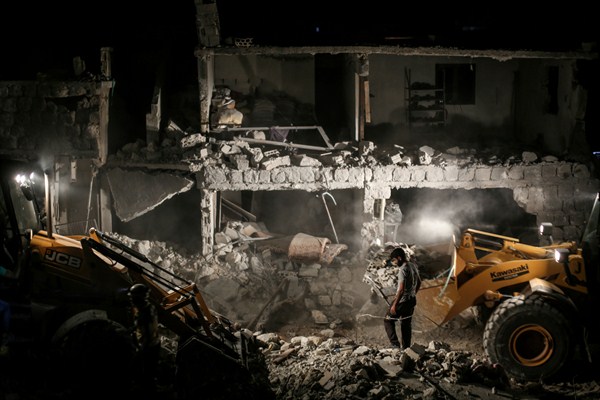Since late April, tens of thousands of civilians have fled their homes in the Idlib region in northwestern Syria as President Bashar al-Assad’s air force pummels Islamist-controlled towns. Amid the fighting, Russia and Turkey continue to negotiate for a restoration of a broken cease-fire in Idlib, with each seeking changes that will shore up its own influence over the conflict. As ever in Syria’s civil war, there are key questions about this latest escalation—from the fundamental facts on the ground in Idlib, to the interests of outside powers and the potential endgame.
The region of Idlib, which also includes insurgent-held parts of adjacent provinces, is often described as Syria’s last rebel stronghold. There are, in fact, other areas outside Assad’s control, but none still so fiercely hostile to his government.
Power in Idlib mostly rests with a jihadist faction known as Tahrir al-Sham. It has roots in al-Qaida and is internationally designated as a terrorist group, but Turkey nonetheless maintains ties to it to project influence. Turkish soldiers have set up a dozen military outposts inside the Idlib enclave—one of several Turkish military incursions into this corner of Syria over the past few years—and they also work closely with Tahrir al-Sham’s local rivals.

